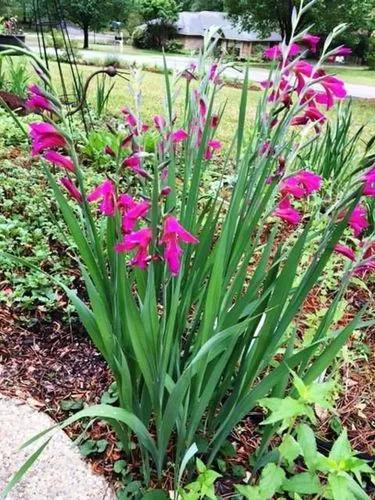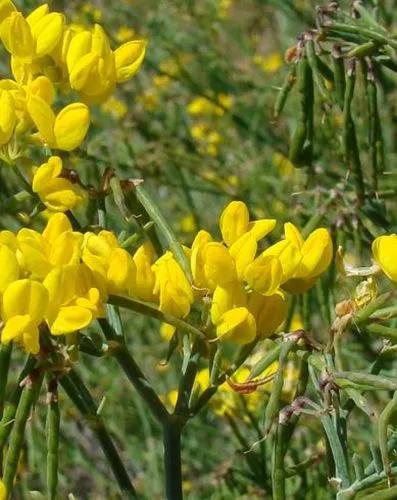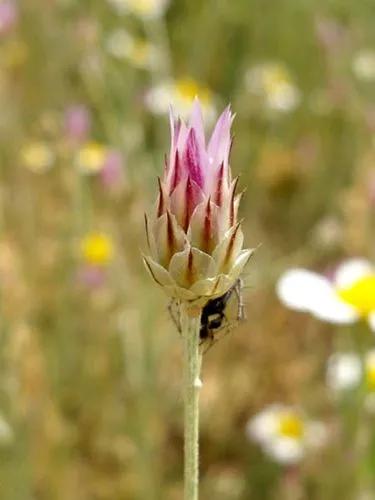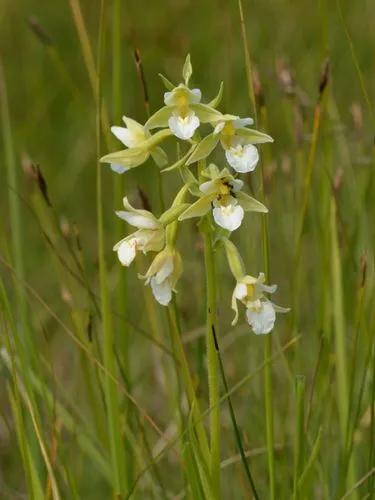A highly variable plant, taking many forms, E. guttata is a species complex in that there is room to treat some of its forms as different species by some definitions. Erythranthe guttata is 10 to 80 cm tall with disproportionately large, 20 to 40 mm long, tubular flowers. The perennial form spreads with stolons or rhizomes. The stem may be erect or recumbent. In the latter form, roots may develop at leaf nodes. Sometimes dwarfed, it may be hairless or have some hairs. Leaves are opposite, round to oval, usually coarsely and irregularly toothed or lobed. The bright yellow flowers are born on a raceme, most often with five or more flowers. The calyx has five lobes that are much shorter than the flower. Each flower has bilateral symmetry and has two lips. The upper lip usually has two lobes; the lower, three. The lower lip may have one large to many small red to reddish brown spots. The opening to the flower is hairy. Erythranthe guttata is pollinated by bees, such as Bombus species. Inbreeding reduces flower quantity and size and pollen quality and quantity. E. guttata also displays a high degree of self-pollination. Erythranthe nasuta (Mimulus nasutus) evolved from E. guttata in central California between 200,000 and 500,000 years ago and since then has become primarily a self-pollinator. Other differences have occurred since then, such as genetic code variations and variations in plant morphology. E. guttata prefers a wetter habitat than E. nasuta.
Monkey Flower Care
Mimulus Guttatus



What is the plant
Invasive in Ireland.
How to Care for the Plant

Water

Prefers rather moist places such as damp borders, margins of streams and boggy spots[

Sunlight

Thrives in full sun so long as the soil does not dry out, otherwise it is best grown in partial shade

Soil

Grows well in heavy clay soils.
Ease your plant care routine with PlantIn's personalized system.

Temperature

Hardy to at least -20°c[

Popularity

39 people already have this plant 8 people have added this plant to their wishlists
What's wrong with your plant?
Related Plants
Discover more plants with the list below
Popular articles






